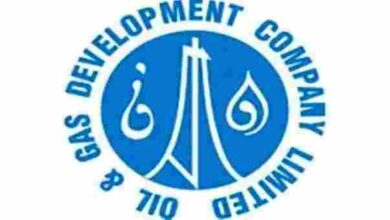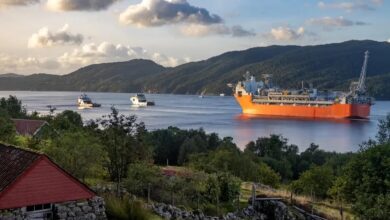Noble Energy announces successes with Katmai, Dantzler wells in deepwater GOM
Wireline logging in two Noble Energy wells in the deepwater Gulf of Mexico indicates a total of 154 net ft of crude oil pay was discovered in multiple reservoirs, the company announced last week. This includes 117 net ft in Middle Miocene and 37 net ft in Lower Miocene reservoirs. The Katmai exploration well, located in Green Canyon 40, was drilled to a total depth of 27,900 ft in 2,100 ft of water. Total gross resources at Katmai are estimated to be between 40 million and 100 million bbl of oil equivalent, including 40 million to 60 million bbl of oil equivalent discovered from this initial well. Additional exploration and appraisal drilling will be required to test the remaining upside potential.
The Dantzler-2 appraisal well, located in Mississippi Canyon 782, encountered 122 net ft of crude oil pay in two high-quality Miocene reservoirs. The well was drilled to a total depth of 18,210 ft in 6,600 ft of water. Gross resources at Dantzler have increased to between 65 million and 100 million bbl of oil equivalent. Dantzler has been incorporated into the company’s plans in the Rio Grande development area, which also includes discoveries at Big Bend and Troubadour. The Rio Grande development remains on schedule, with first production from Big Bend expected in Q4 2015 and Dantzler in Q1 2016.
Susan M. Cunningham, Senior Vice President, Gulf of Mexico, West Africa and Frontier, said, “The results at Katmai and Dantzler highlight Noble Energy’s successful deepwater Gulf of Mexico program, which will contribute significant production and cash flow growth in the coming years. What we discovered at Katmai represents another commercial discovery in the Miocene trend and de-risks nearby prospects in the company’s Aleutians area. Our appraisal program at Dantzler has exceeded our expectations and enhances the value of the development.”
Noble Energy operates Katmai with a 50% working interest. Ridgewood Energy Corp holds the remaining 50% working interest.
At Dantzler, the rig has started well completion operations on Dantzler-2 and will then complete the Dantzler-1 discovery well. Noble Energy operates Dantzler with a 45% working interest. Additional interest owners are entities managed by Ridgewood Energy and W&T Energy VI.




